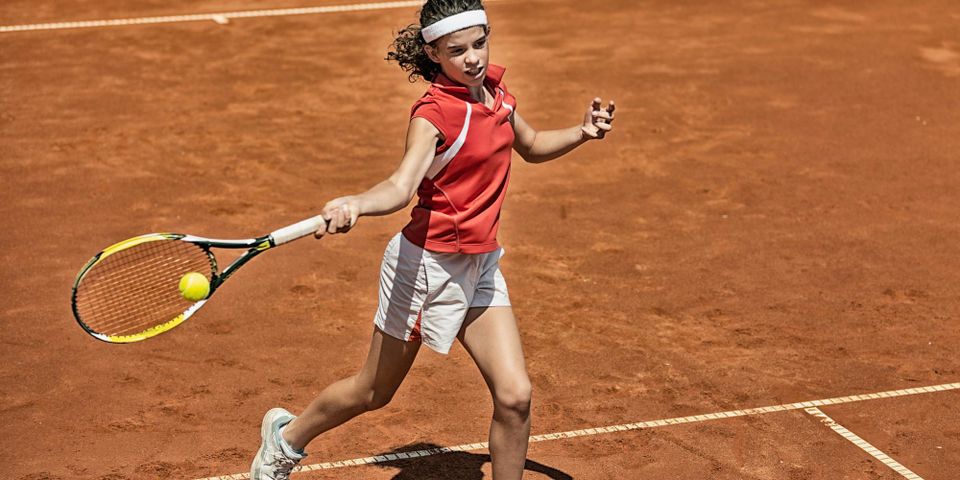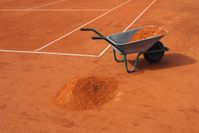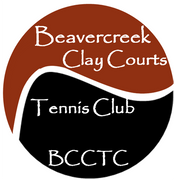A History of Clay Tennis Courts

A beloved sport worldwide, tennis is known for two reasons—its players and courts. Among these, clay tennis courts are far more common in Europe and Latin America than in other parts of the world, particularly during the French Open. Clay surfaces are relatively harder to play on, as compared to grass, carpet, asphalt, and others. Below is a brief history of clay tennis courts and how they are different from other types.
How They Came to Be
Before tennis was known as it is today, it was called jeu de paume—French for “a game of the palm”—during the 12th century. The handball sport involved striking the ball with the palm of a hand, but eventually made use of rackets, equipment, and playing courts.
It wasn’t until the late 19th century when clay tennis courts started making an appearance. William Renshaw, a seven-time Wimbledon champion, added a layer of red powder from crushed and ground low-quality terra cotta pots in Vallauris, a town in southern France. The barrier protected the grass against the scorching heat of the sun. Since then, more clay tennis courts were constructed in Cannes, but the original Vallauris factory was unable to keep up with the demand. Hence, the red clay was replaced with brick powder instead. It was better for sunny areas but with one problem—it takes longer to dry after rain.
Composition of Clay Tennis Courts
Nowadays, there are two types of

clay tennis courts—red and green. Modern red clay courts comprised of brick dust, ground white limestone, crushed gravel, and coal residue known as “clonker.” In 1909, manufacturer En-Tout-Cas formulated a version with a coarser top layer for better drainage and faster drying time.
While red clay tennis courts were popular in Europe, their green counterparts made waves in the United States. It was in 1928 when American contractor H. A. Robinson used an inch of crushed basalt, or volcanic rock, instead of ground brick for topdressing the tennis court as a quick-drying solution. Subsequently, it was known as Har-Tru courts.
Apart from their color, red and green clay tennis courts play differently as well. Red clay courts make balls lose their initial speed after bouncing because of impact absorption. Green courts, on the other hand, are harder and bounce the ball faster. If you want to play with less stress on your knees (and body), play on a clay court. Clay is considered the slowest surface due to friction of the clay. The clay court reduces the natural skid of the ball which tends to bounce up instead of skidding. A shot hit without spin will lose about 43% of its ground speed after contact with the clay surface thus having a bit less impact on your arm. A shot hit on a hard court will only lose about 23% to 28% of its ground speed. A recent study indicates that the distance of player movement on a tennis court is around 30% higher on clay versus a hard court. Matches played on clay required players to cover more running distances, have fewer strokes per time interval, however still engage in more high-intensity activities than the matches played on a hard court. Therefore, a player will have a higher aerobic benefit when playing on clay surfaces.
If you want to experience playing on clay tennis courts, head over to Beavercreek Clay Courts Tennis Club in Beavercreek, OH. Since opening its doors in 2017, they’ve offered modern pickleball and tennis courts to club members and casual players alike. They also provide tennis lessons for kids and adults. Learn more about their facilities online or call (937) 956-8864 today.
About the Business
Have a question? Ask the experts!
Send your question

